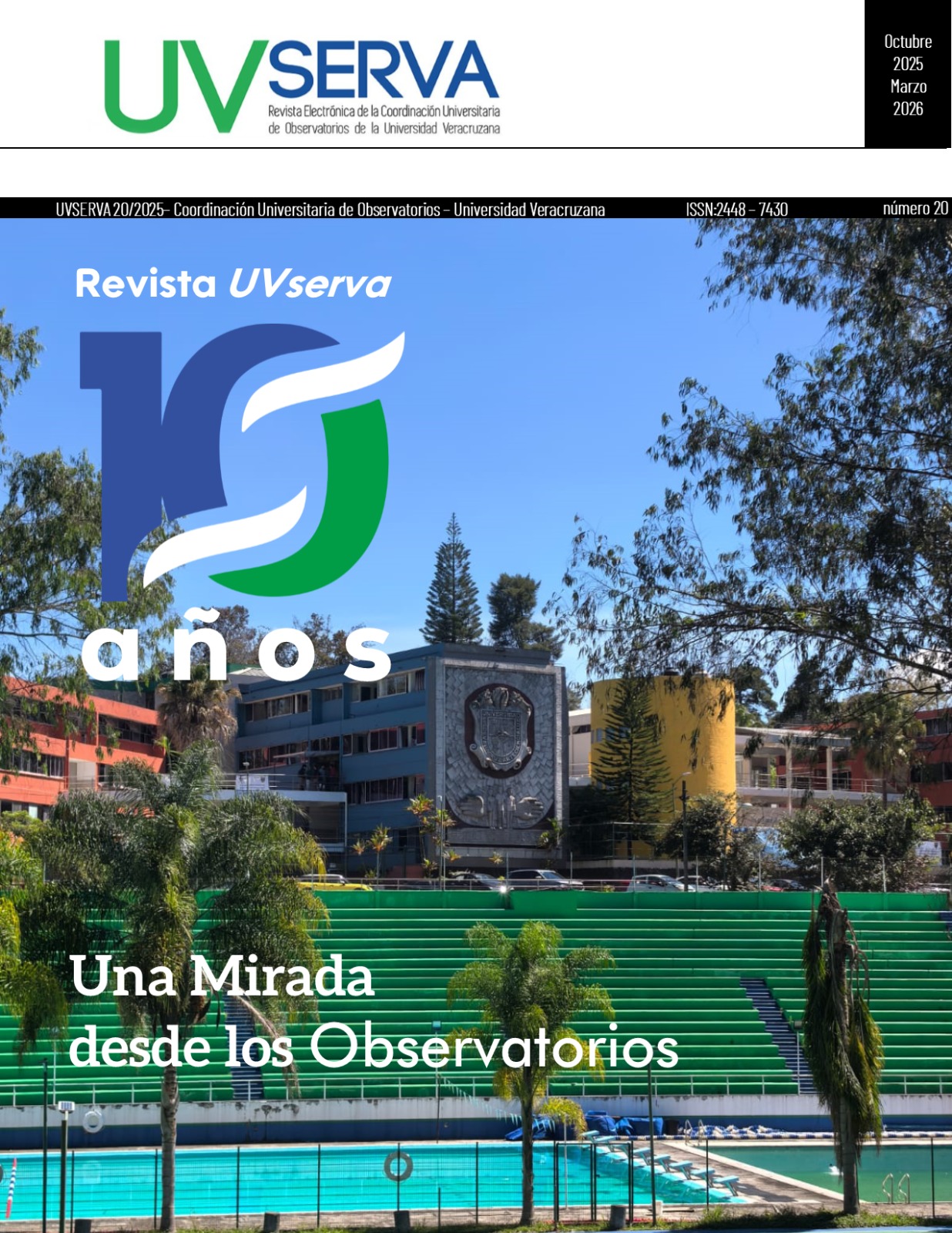Abstract
This research analyzes the indicators of accessibility and maturity of e-government in the municipalities of the State of Veracruz, with the aim of providing empirical evidence to guide decision-making aimed at strengthening local public management, promoting transparency, and expanding the coverage of inclusive digital services. The results show that only 59.91% of municipalities in Veracruz have an active and updated website. Of these portals, only 10 municipalities (equivalent to 8%) have reached the transactional level, considered the most advanced due to its ability to facilitate citizen inclusion in public services. The most common digital service is property tax payment, which is practically the only functionality offered in most cases. These findings show a significant lag in digital government at the municipal level and reveal the existence of significant barriers that limit the effective digitization of public services.
References
Bayona, S., y Morales, V. (2017). E-government development models for municipalities. Journal of Computational Methods in Sciences and Engineering. 17, S47–S59. https://doi.org/10.3233/JCM-160679
Carrera, O. (2023). Divergencia en los niveles de madurez de e-gobierno en México. RISTI, 50(6), 91-105. https://scielo.pt/pdf/rist/n50/1646-9895-rist-50-91.pdf
Carrera-Mora, O., Ovando, M., Villafuerte, L., y Parada, A. (2019). La relación de la perspectiva de eficiencia del ciudadano con su comportamiento de uso de los servicios de e-gobierno municipal. Innovar, 29(74), 133-146. https://doi.org/10.15446/innovar.v29n74.82096
European Commission. (2020). eGovernment Benchmark 2020: eGovernment that works for the people. Publications Office of the European Union. https://doi.org/10.2759/953317
Howard, M. (2001). E-government across the globe: How will ’e’ change government? Government Finance Review. 90, 80.
Instituto Nacional de Estadística y Geografía [INEGI]. (2024). Consulta de indicadores sociodemográficos y económicos por área geográfica. https://www.inegi.org.mx
Instituto Nacional de Transparencia, Acceso a la Información y Protección de Datos Personales [INAI]. (2023). Diagnóstico nacional de transparencia y tecnologías de la información en municipios. Instituto Nacional de Transparencia, Acceso a la Información y Protección de Datos Personales. https://home.inai.org.mx/
Joshi, P. R., y Shareeful, I. (2018). E-Government Maturity Model for Sustainable E-Government Services from the Perspective of Developing Countries. Sustainability, 10(6), 1882. https://doi.org/10.3390/su10061882
Lee, J. (2010). 10year retrospect on stage models of e-Government: A qualitative meta-synthesis. Government Information Quarterly, 27(3), 220–230. https://doi.org/https://doi.org/10.1016/j.giq.2009.12.009
OECD. (2020). Digital Government in Chile – Digital Government Review. OECD Digital Government Studies. https://tinyurl.com/2h5wzkkk
Sandoval-Almazán, R., y Gil-García, J. R. (2009). Propuesta de evaluación para portales de gobierno electrónico basada en el enfoque teórico evolutivo. Estado, gobierno, gestión pública. Revista Chilena de Administración Pública, (14), 82-122. https://dialnet.unirioja.es/servlet/articulo?codigo=3359039
Secretaría de la Función Pública [SFP]. (2021). Agenda Digital Nacional. Gobierno de México. https://www.gob.mx/sfp/documentos/agenda-digital-nacional
Secretaría de Finanzas y Planeación [SEFIPLAN]. (2023). Cuadernillos Municipales 2023. https://tinyurl.com/yc4bj3wp
United Nations [UN]. (2022). United Nations E-Government Survey 2022: The Future of Digital Government. United Nations Department of Economic and Social Affairs. https://publicadministration.un.org/egovkb/en-us/Reports/UN-E-Government-Survey-2022

This work is licensed under a Creative Commons Attribution-NonCommercial 4.0 International License.
Copyright (c) 2025 Oscar Yahevh Carrera Mora, Selene Reyes Mendoza, José Eduardo Martínez-Canales, Carlos Aldair Velásquez Rodríguez


